GPT-5 isn’t being developed, but who cares when GPT-4 isn’t yet understood.


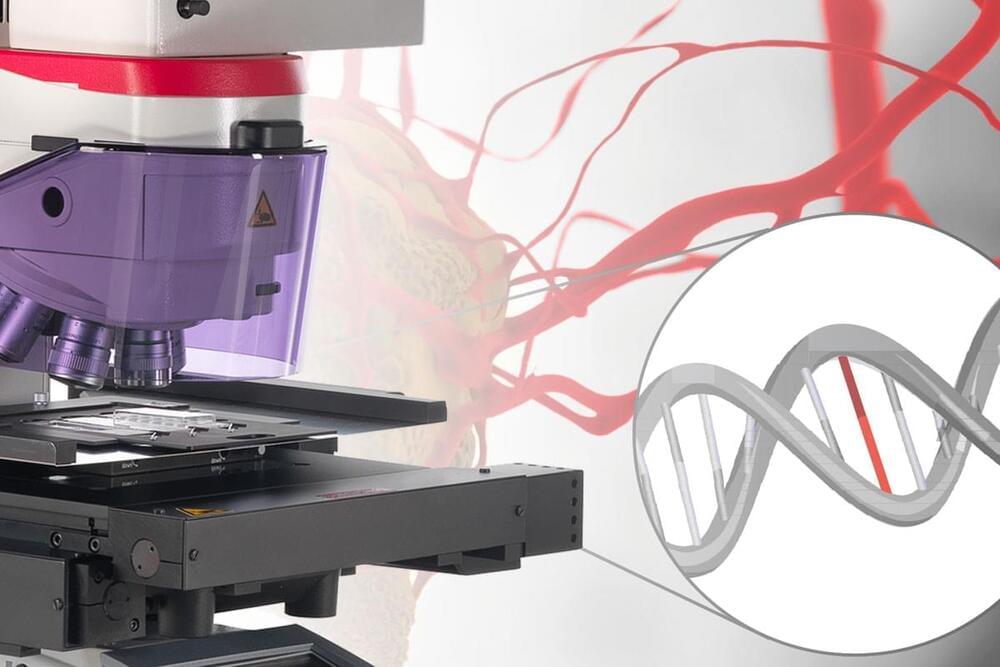
Despite the availability of imaging-based and mass-spectrometry-based methods for spatial proteomics, a key challenge remains connecting images with single-cell-resolution protein abundance measurements. Deep Visual Proteomics (DVP), a recently introduced method, combines artificial-intelligence-driven image analysis of cellular phenotypes with automated single-cell or single-nucleus laser microdissection and ultra-high-sensitivity mass spectrometry. DVP links protein abundance to complex cellular or subcellular phenotypes while preserving spatial context.

😗 year 2010 :3.
(PhysOrg.com) — Scientists have literally taken a leap into a new era of computing power by making the world’s smallest precision-built transistor — a “quantum dot” of just seven atoms in a single silicon crystal. Despite its incredibly tiny size — a mere four billionths of a metre long — the quantum dot is a functioning electronic device, the world’s first created deliberately by placing individual atoms.
It can be used to regulate and control electrical current flow like a commercial transistor but it represents a key step into a new age of atomic-scale miniaturisation and super-fast, super-powerful computers.
The discovery is reported today in the journal Nature Nanotechnology by a team from the UNSW Centre for Quantum Computer Technology (CQCT) and the University of Wisconsin-Madison.
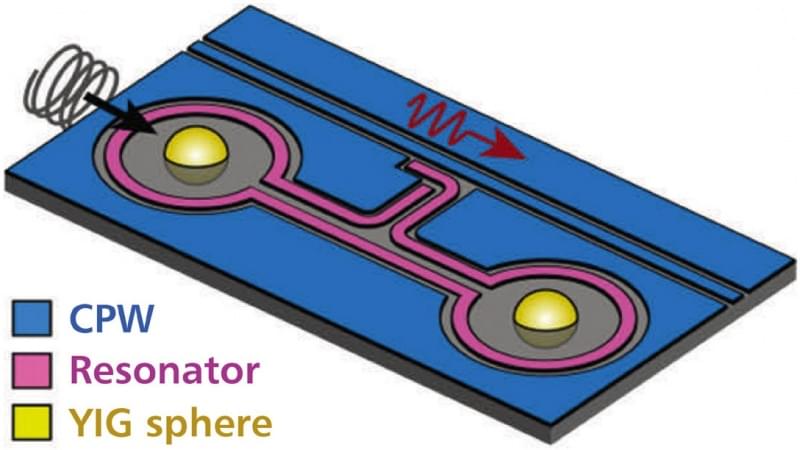
Year 2022 😗
Argonne National Laboratory, Lemont, IL
A team of scientists at the U.S. Department of Energy’s Argonne National Laboratory, have achieved efficient quantum coupling between two distant magnetic devices, which can host a certain type of magnetic excitations called magnons. These excitations happen when an electric current generates a magnetic field. Coupling allows magnons to exchange energy and information. This kind of coupling may be useful for creating new quantum information technology devices.
This instant communication does not require sending a message between magnons limited by the speed of light. It is analogous to what physicists call quantum entanglement. Following on from a 2019 study, the researchers sought to create a system that would allow magnetic excitations to talk to one another at a distance in a superconducting circuit. This would allow the magnons to potentially form the basis of a type of quantum computer. For the basic underpinnings of a viable quantum computer, researchers need the particles to be coupled and stay coupled for a long time.
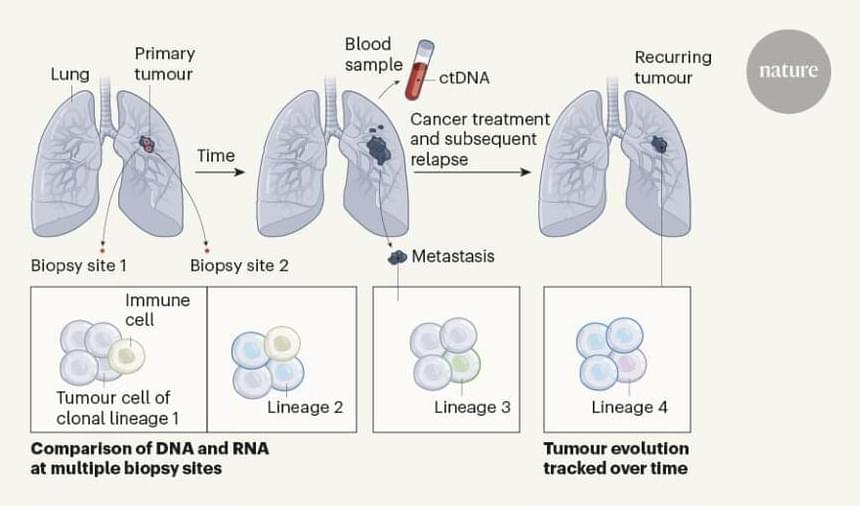
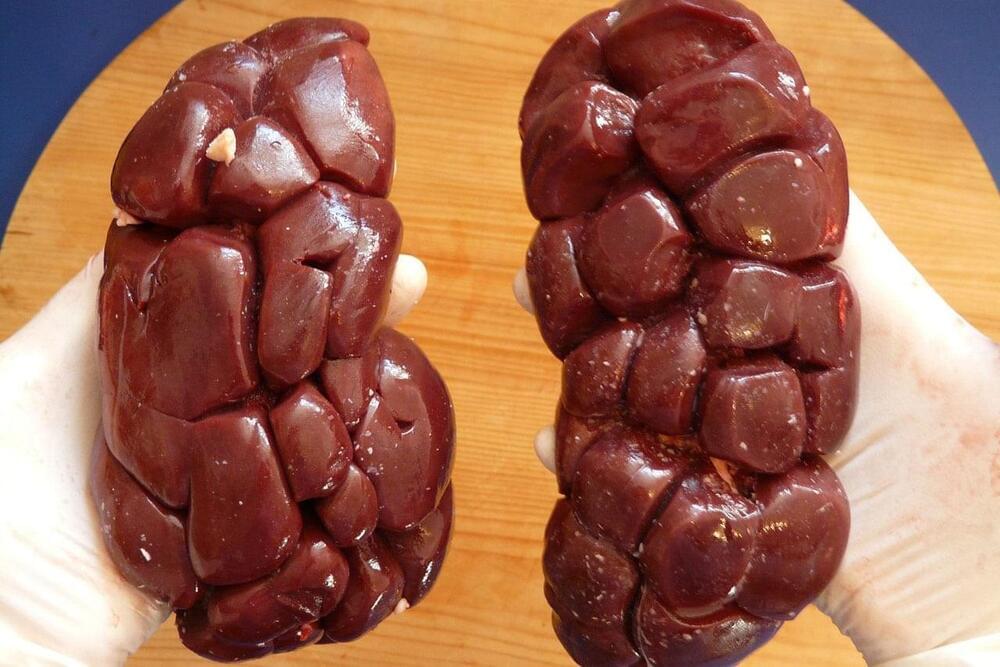
Researchers have recently made a groundbreaking discovery in the field of kidney disease. They have found a new pathway that could potentially prevent kidney failure in thousands of people. Dr. Carl May and his team at Bristol Medical School, with funding from Kidney Research UK, have discovered a new treatment pathway for non-genetic nephrotic syndrome.
This targets the unknown factor that leads to kidney failure. Nephrotic syndrome is a rare kidney condition that causes protein to leak into the urine, affecting around 10,000 people annually in the UK. The discovery offers hope for patients, especially children, who may develop kidney failure.
Researchers from Bristol Renal have identified a receptor called PAR-1 that works in conjunction with an unknown factor to cause kidney failure in patients with idiopathic nephrotic syndrome (INS). They found that anti-PAR-1 treatments could block the effect of the factor and prevent kidneys from failing, potentially making transplantation a more viable option for more patients.
Beyond our own Milky Way galaxy, there are physical limits on our access to the Universe. In this new video from PBS Space Time, we explore the absolute limit of our future view of the Universe, and of the Universe’s ability to influence us.
We humans have always been explorers. The great civilisations that have arisen across the world are owed to our restless ancestors. These days, there’s not much of Earth left to explore. But if we look up, there’s a whole Universe out there waiting for us. Future generations may one day explore the cosmos and could even settle entire other galaxies.
However, there is a fundamental limit to how much of the Universe we can expand into. So, just how big could humanity get? Matt O’Dowd, astrophysicist and host of PBS Space Time, looks at the obstacles that our descendants could face in the very distant future.
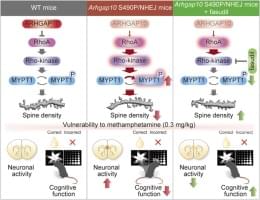
Reversing schizophrenia with gene therapy year 2023.
Copy-number variations in the ARHGAP10 gene encoding Rho GTPase–activating protein 10 are associated with schizophrenia. Model mice (Arhgap10 S490P/NHEJ mice) that carry “double-hit” mutations in the Arhgap10 gene mimic the schizophrenia in a Japanese patient, exhibiting altered spine density, methamphetamine-induced cognitive dysfunction, and activation of RhoA/Rho-kinase signaling. However, it remains unclear whether the activation of RhoA/Rho-kinase signaling due to schizophrenia-associated Arhgap10 mutations causes the phenotypes of these model mice. Here, we investigated the effects of fasudil, a brain permeable Rho-kinase inhibitor, on altered spine density in the medial prefrontal cortex (mPFC) and on methamphetamine-induced cognitive impairment in a touchscreen‑based visual discrimination task in Arhgap10 S490P/NHEJ mice. Fasudil (20 mg/kg, intraperitoneal) suppressed the increased phosphorylation of myosin phosphatase–targeting subunit 1, a substrate of Rho-kinase, in the striatum and mPFC of Arhgap10 S490P/NHEJ mice. In addition, daily oral administration of fasudil (20 mg/kg/day) for 7 days ameliorated the reduced spine density of layer 2/3 pyramidal neurons in the mPFC. Moreover, fasudil (3–20 mg/kg, intraperitoneal) rescued the methamphetamine (0.3 mg/kg)-induced cognitive impairment of visual discrimination in Arhgap10 S490P/NHEJ mice. Our results suggest that Rho-kinase plays significant roles in the neuropathological changes in spine morphology and in the vulnerability of cognition to methamphetamine in mice with schizophrenia-associated Arhgap10 mutations.

face_with_colon_three year 2022.
For the first time, scientists have created a quantum computing experiment for studying the dynamics of wormholes – that is, shortcuts through spacetime that could get around relativity’s cosmic speed limits.
Wormholes are traditionally the stuff of science fiction, ranging from Jodie Foster’s wild ride in Contact to the time-bending plot twists in Interstellar. But the researchers behind the experiment, reported in the December 1 issue of the journal Nature, hope that their work will help physicists study the phenomenon for real.
“We found a quantum system that exhibits key properties of a gravitational wormhole, yet is sufficiently small to implement on today’s quantum hardware,” Caltech physicist Maria Spiropulu said in a news release. Spiropulu, the Nature paper’s senior author, is the principal investigator for a federally funded research program known as Quantum Communication Channels for Fundamental Physics.
No Fear Act | FOIA
21000 Brookpark Road Cleveland, OH 44,135 (216) 433‑4000
Contact Us | nasa.gov/glenn
Provide feedback.